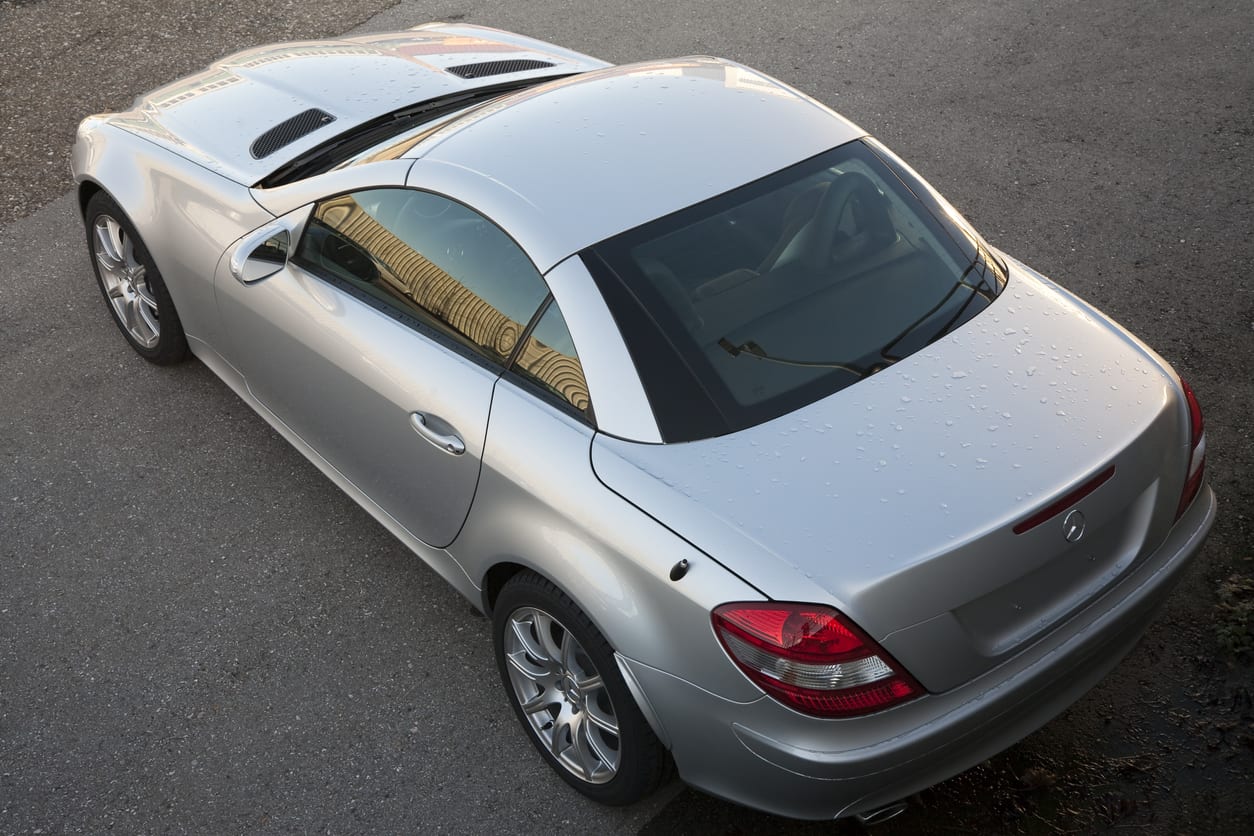
Better San Antonio Collision Repair
Fatigue Driving and Auto Collisions (PART 1)
In recent years, car makers and tech companies have been racing towards self driving cars. It seems that the main parameter in this race is who will have the first car on the road. Regardless of which group wins the Ai race, The first is standardization of safety assurance — what are the minimal requirements that every self-driving car must satisfy, and how can we verify these requirements. The second parameter is scalability — engineering solutions that lead to unleashed costs that would allow scalability to millions of cars; which will push interest in this field into a niche academic corner. Given that society will unlikely tolerate road accident fatalities caused by machines, the guarantee of Our Safety is paramount to the acceptance of autonomous vehicles. Ultimately, our desire is to guarantee zero accidents, but this is impossible since multiple agents are typically involved in an accident and one can easily envision situations where an accident occurs solely due to the blame of other agents. In light of this, the typical response of practitioners of autonomous vehicles is to resort to a statistical data-driven approach where The Validity of Safety becomes tighter as more data mileage is collected. Once autonomous vehicles can sense the scenes around them –––while simultaneously geo–synching itself on the map––– the final phase will be initiating Driving Policy; Allowing Ai’s to avidly share the road with Human Drivers. Machine Learning Self-Reinforcements will be needed to provide better-than-human intuition and behavior that would be needed to require and analyze multivariable situations as well as negotiate and compromise with human drivers en route. Developing a system through data is currently barackaded by unknown means to form a transparent, interpretable, and invariable systemic operation standard. To allot for these circumstances: A high-definition map is required for precise localization of the vehicle, relative to road boundaries, buildings, civilians, and intersections, under all conditions. A Road Experience Management (REM), which uses live-crowd-sourcing, is a unique, consistent, low-cost solution for building and rapidly updating a Live and Real-Time HD Map. Additionally, A compilation of North American Specification (NAS) sensors, geo-location–mappings, advanced driver assistance systems (ADAS), and a powerful syndicated OS computing platform will provide the vehicle with super-human sight, synchronous Ai interactivities, seamless navigation, and unparalleled reaction times.
Miracle Body and Paint is on the forefront of these transformative technology to purvey, solutionize, and reaffirm that our future will not only be universally safe, but also, a future in which we want to live in.



